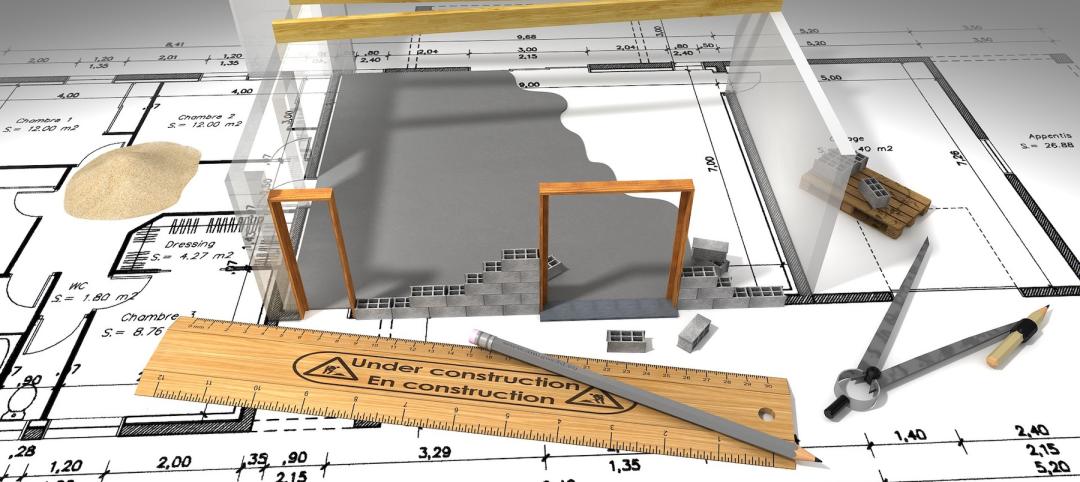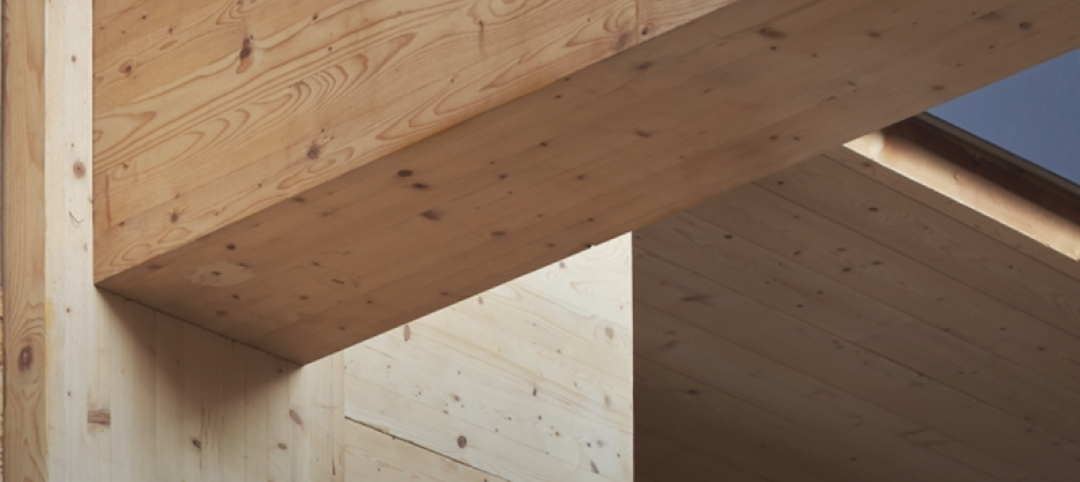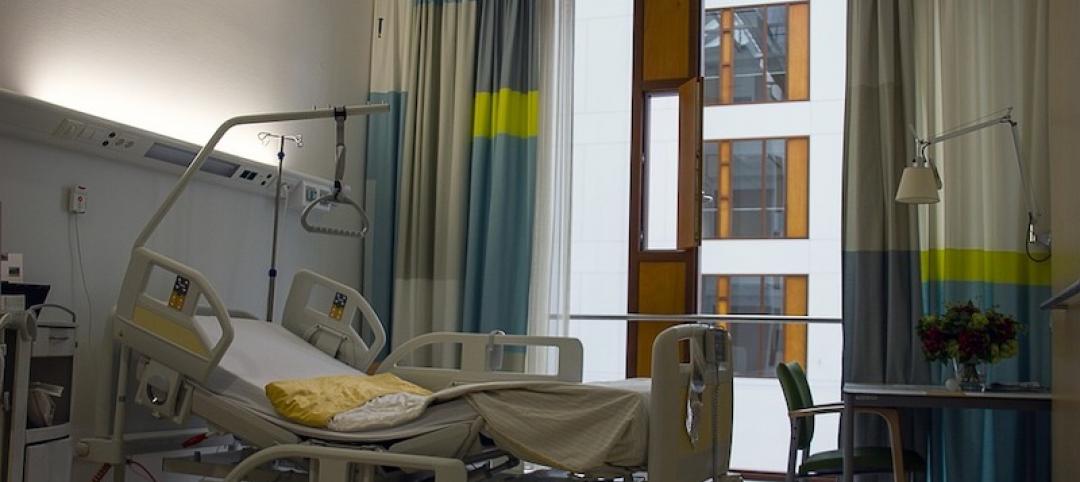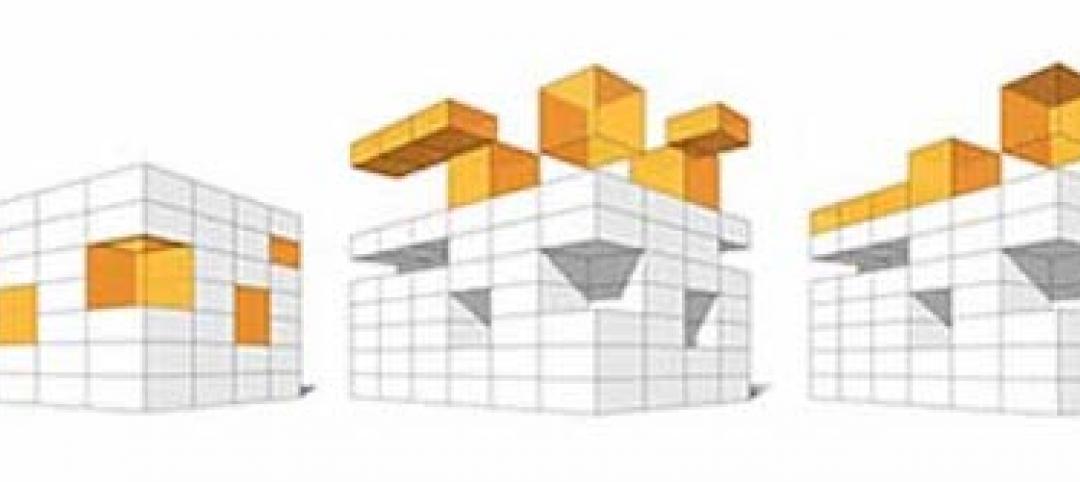We have all heard the familiar expression: Mother Earth. That might make you think of sunshine, butterflies and blue skies. But the topic of resiliency has made us think that maybe the earth has a temper and may behave more like an evil stepmother out of a Disney movie—so it’s best not to anger Stepmother Nature.
There is increasing evidence that carbon may be upsetting our parental unit, but as Bob Beduhn learned growing up in Minnesota, climate change has been happening and creating havoc for a long time. In fact, it was climate change that created the world we have today. All of those Minnesota lakes didn’t get there by the wave of a magic wand. They were created through powerful, violent forces of wind, snow and mile-thick ice that retreated a mere 10,000 years ago, leaving behind the “Land of 10,000 Lakes.” Why did they retreat? The climate warmed. In the midst of cold Minnesota winters that never seemed to end, it was easy to believe that all it would take is a mere tweak in the earth’s climate to bring back those long-forgotten conditions.
"All of those Minnesota lakes didn’t get there by the wave of a magic wand. They were created through powerful, violent forces of wind, snow and mile-thick ice that retreated a mere 10,000 years ago, leaving behind the “Land of 10,000 Lakes.” Why did they retreat? The climate warmed."
For Lynette Cardoch, it was distinctly different. Growing up in Miami and attending graduate school in Baton Rouge, La., she saw climate change measured in feet and inches of water along the coast. Watching the tidal gauges and learning how climatic shifts created the great delta lobes of the Mississippi River, exposed her to a sense of change and scale. From the daily rhythm of tides to the great landscape forming episodes caused as the Mississippi River moved back and forth across the landscape, the only constant was change.
Going back to growing up in Minnesota, Bob’s mother was the family resiliency planner. Before heading out in the winter for a long drive, there was the check list: jumper cables: check, extra blankets: check, CB radio with extra batteries: check, tin coffee can with two candles, three chocolate bars and matches: check. His dad might put the car in the ditch, but they were going to survive the night until the troopers came and found them.
Conversely, Lynette grew up in hurricane country—first in Puerto Rico and then in Miami. She remembers waiting for Hurricane David in 1979. It was predicted to hit Miami as a Category 5 storm. Her parents boarded up some windows, taped others, and made sure they had plenty of food, water, batteries and candles. And then the storm turned and missed Miami completely. That was the beginning of the erosion of hurricane preparations. Miami missed all the big hurricanes for over 20 seasons. Little-by-little, with each storm that missed Miami, hurricanes became opportunities for “hurricane parties” and umbrella drinks. Kids got the day off from school. Good times.
That all changed on August 24, 1992, when Hurricane Andrew hit Homestead, a city just south of Miami. It wiped out that portion of Miami-Dade County, completely destroying many homes. The South District Wastewater Treatment Plant was swamped. Provisions were non-existent. Lynette lived just a bit north. She did not prepare, thinking, “Oh, it’ll turn course… I’m swamped with work… we’ll be fine…” Those feelings eroded as her family moved room to room seeking shelter during the storm, as the windows were blown out and water and winds moved through the house. They were safe in the one room with no windows—four adults packed in a small walk-in closet.
Hurricane Andrew changed the infrastructure conversation. New building codes were instituted, and Florida became a model for the country on disaster response. Even today, Lynette works with Miami-Dade Water and Sewer to prepare for operational continuity for their wastewater plants in light of sea-level rise, anticipated storm surges and increased intensity of storms. Miami-Dade County remembers. Ideally, we could help all our clients before they get their “Hurricane Andrew.”
Recently, Super-storm Sandy brought another new paradigm in Civil Works: Critical Infrastructure Protection. Bob Beduhn and the Civil Works team have had to shift from community flood protection to protecting hospitals and critical transportation facilities. Resiliency officials have learned that certain critical functions must continue to operate during and immediately after the shock event in order to support community recovery.
Hurricane Katrina, Super-storm Sandy, tornadoes in the Midwest and many other events continue to bring attention to shocking natural disasters. A new paradigm is heading our way. Public policy makers and business interests are asking the infrastructure managers a very new question: “Will our infrastructure systems support my community’s or business’ survival following a plausible disaster shock?”
To use a Minnesota analogy, can our infrastructure keep us on the slippery road, or do we need a good supply of blankets, coffee cans and emergency supplies to survive the inevitable shock? You can’t fool step mother nature. Something big and life changing is going to happen. Are we prepared to help ourselves? And are we prepared to help our clients be prepared?
About the Authors: Bob Beduhn began his career during the heyday of Superfund investigations throughout Minnesota in the mid- to late-1980s. After several years of tyvec, respirators and inclement weather, he returned to school to receive his bachelors and masters degrees in Civil and Water Resources Engineering. For over 30 years, Bob has worked on increasingly larger flood control and infrastructure projects, improving sustainability and resiliency from a number of natural and man-made shocks and stresses. An accomplished program/project manager, Bob has led some of HDR’s most complex engineering assignments. He is currently leading HDR’s Civil Works program and driving the integration of community resiliency approaches throughout our engineering programs.
Having grown up on the coasts of Puerto Rico and Florida, Lynette Cardoch brings passion to living with nature and protecting our natural waters. She has worked on restoration and resiliency issues for over 20 years; this work has taken her all over the United States. She is also technical lead for impacts of climate change on local communities and water supply/water treatment infrastructure. This includes dialogue with the agency leaders from utilities and water management agencies. In her spare time, Lynette enjoys to travel to new places, domestic and abroad.
More from Author
HDR | Jun 30, 2022
Adopting a regenerative design mindset
To help address the current climate emergency, a new way of thinking across the entire architecture, engineering and construction industry is imperative.
HDR | Jan 11, 2022
Designing for health sciences education: supporting student well-being
While student and faculty health and well-being should be a top priority in all spaces within educational facilities, this article will highlight some key considerations.
HDR | Sep 28, 2021
Designing for health sciences education: Specialty instruction and human anatomy labs
It is a careful balance within any educational facility to provide both multidisciplinary, multiuse spaces and special-use spaces that serve particular functions.
HDR | Aug 20, 2021
Prioritizing children’s perspectives with play-based design charrettes
Every effort is made to assure that captured insights and observations are authentically from the children.
HDR | Sep 25, 2020
Performance-based textile cleaning and disinfection in the age of COVID-19
It is essential for both designers and environmental services to know the active ingredient(s) of the cleaning products being used within the facility.
HDR | Jan 27, 2020
Elevating the human experience in public realm infrastructure
Understanding the complexities of a community by pairing quantitative data and human needs.
HDR | Oct 2, 2019
Why mass timber?
In a world where the construction industry is responsible for 40% to 50% of CO2 emissions, renewable materials, such as wood, can help mitigate the rate of global warming.
HDR | Aug 23, 2019
5 converging trends for healthcare's future
Our solutions to both today’s and tomorrow’s challenges lie at the convergence of technologies, industries, and types of care.
HDR | Dec 18, 2018
Redesigning the intergenerational village: Innovative solutions for communities and homes of the future
Social sustainability has become a central concern in terms of its effect that spans generations.
















